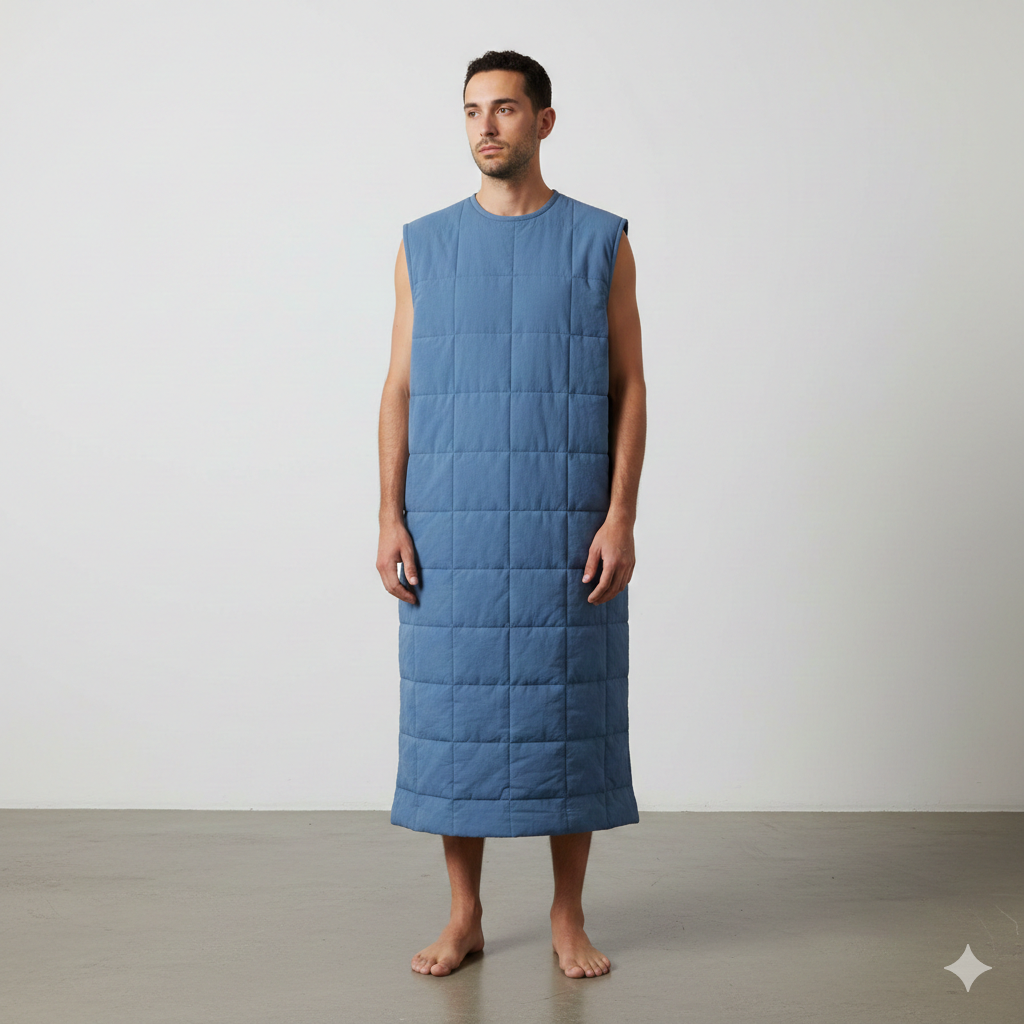Creating Your ADHD Dopamine Menu: A Guide in 5 Simple Steps

Free webinar with Jessica McCabe on February 13 titled "How to ADHD: An Insider’s Guide to Working with Your ADHD Brain (Not Against It!)" is available for registration by ADDitude. Engage with the webinar to better understand your ADHD brain and how to work with it, and not against it.
Imagine your brain as a Tesla car. It goes into a halt and recharges when the battery is low, much akin to the feeling of your power draining. Most individuals reach out for their phones for a quick game or scroll or opt for a snack. Such behavior, though understandable, does not aid in rejuvenating the brain.
As per Jessica McCabe, creator and host of the popular YouTube series and author of the book How to ADHD, people engage in these activities not as a productive usage of time, but to get the stimulation required to function. Unfortunately, the usual easy sources of dopamine do not fulfil the need and the same activity becomes less enjoyable over time.
ADHD brains are characterised by lower-than-average levels of dopamine, a neurotransmitter that regulates pleasure and reward systems. This makes dopamine-increasing behaviors more satisfying to an ADHD brain.
Ellen Littman, Ph.D., a clinical psychologist, points out that the urge for pleasure towers over concerns about time or consequences. The exuberance post a dopamine release amid high-stimulation behavior drives motivation. However, after reaching peak, the levels drop back to the baseline, resulting in lowered motivation.
If this cycle continues, ADHD individuals may end up investing hours into activities that they hardly enjoy.
Eric Tivers, LCSW, ADHD coach, CEO and founder of ADHD reWired, metaphorically correlates this to filling a bucket with a hole. As fast the water is being poured, it is exiting too. He discussed this dopamine drive of ADHD brains with McCabe in the How To ADHD video.
In such a scenario of dopamine reduction, McCabe says it’s challenging to make healthy choices when already low on it. Since fulfilling dopamine choices often take more time, ADHD individuals need to endure the interim boredom.
Tivers suggests planning and choosing separately utilizing a 'dopamine menu' or 'dopamenu'. This features various alternatives to successfully minimize the cognitive load and stimulate when required.
McCabe offers the idea of structuring the dopamenu like a restaurant menu, where instead of dishes, you choose healthy and invigorating activities. Initially, you can engage in brainstorming mood-boosting activities which have no associated regret or RSD. These activities can then be categorised suitably.
Starting with appetizers, these are quick yet dopamine-boosting activities. Some examples include watching birds at a bird feeder, hugging a pet, taking a 30-second cold blast shower, and singing along to a familiar song. The main courses or entrées take up significant time. These might include going for a brisk walk, engaging with friends, listening to upbeat music, solving puzzles, or even taking a quick nap. Sides are activities targeting making boring tasks stimulating and can be performed simultaneously with the main courses.
“I love different ASMR (autonomous sensory meridian response) videos. If I need to be on the computer for a while, I’ll play one in the background.”— Elizabeth
“I have a few specific playlists (Happy Music, Good Energy, Latin American, etc.) that I reach for when I need to cook, shower, or do a task that is hard for me. I put in my headphones or turn up the volume on my speakers, and usually, the energy comes sneaking in as soon as I begin to smile, sing along, and feel like dancing.” — Michelle
“I prefer to listen to audiobooks that are interesting enough to keep my attention but don’t require so much focus that if I miss a sentence or two, I’ve lost the thread. Cozy mysteries fit the bill, especially a series where I am already familiar with most of the characters. I can listen while doing all sorts of normally un-fun stuff.” — An ADDitude reader
“I’ve found that mildly upbeat instrumental music not only puts me in a good mood but also creates a soundtrack for whatever I’m working on and a good pace for getting things done. It’s very reinforcing!” — Seth
Desserts often include activities that are easy to overdo, in part because they are easily accessible and provide a quick hit of dopamine. “It’s fine to eat dessert sometimes,” McCabe says. “It’s just good to be aware of when that’s what we are ordering because if that’s all we are eating, we’re probably not going to feel great.”
Examples of ‘desserts’ include:
“Playing Candy Crush!” — Bethany
“Watching Reality TV shows.” — An ADDitude reader
“The New York Times game app.” — An ADDitude reader
Specials. McCabe also recommends creating a separate menu for ‘specials,’ that includes occasional, bucket-filling activities that may be less convenient, more expensive, or require planning. Items in this category may include:
After completing your list of menu options, omit any that aren’t realistic for ADHD brains. “Whatever is on your menu should be something you’d actually ‘order’ and something you can actually ‘make,’” McCabe says. “Restaurants always take stuff off their menus; so can we.”
“Restaurants prepare everything they reasonably can ahead of time, and we can do the same,” McCabe says. Prepping a menu idea makes it easier to accomplish. For example, McCabe puts her guitar on a stand near the couch so it’s visible and easily accessible. After watching TV at night, she switches to a YouTube workout video, so it’s the first thing she sees when turning on the TV in the morning.
McCabe encourages enforcing barriers to less healthy activities. The idea, she says, is to increase the number of steps involved in doing the things you want to avoid and to decrease the number of steps involved in completing your Dopamenu items. For example, McCabe put her phone charger away from her couch and deleted a social media platform from her phone. Before she can grab a snack, she must roll a D20 die and do whatever exercise matches the number from a list she keeps.
Most menus include enticing descriptions to get you to order, so should a dopamine menu. “You can make your dopamine menu pretty or funny,” McCabe says.
Make the final version visible and accessible. McCabe posts her dopamine menu on her coffee table, refrigerator, and office wall. Her phone’s lock screen displays a mini version. “Now, when I pick up my phone, I can see my other options,” she says.
If you get stumped when it’s time to ‘order,’ consider using a random choice generator website. You type in your options, and it selects one for you.
Using a dopamine menu doesn’t mean suddenly transforming your habits. “There’s something to be said about the familiarity, especially when we’re going through a crisis,” McCabe says. “But by preparing a menu in advance, we’ll have more options available when we need them.”
Struggling to develop dopamenu options could point to a more serious issue. “If you don’t know what you like anymore, then it’s time to see a doctor because the issue could be depression,” Tivers says.
SUPPORT ADDITUDE Thank you for reading ADDitude. To support our mission of providing ADHD education and support, please consider subscribing. Your readership and support help make our content and outreach possible. Thank you.




